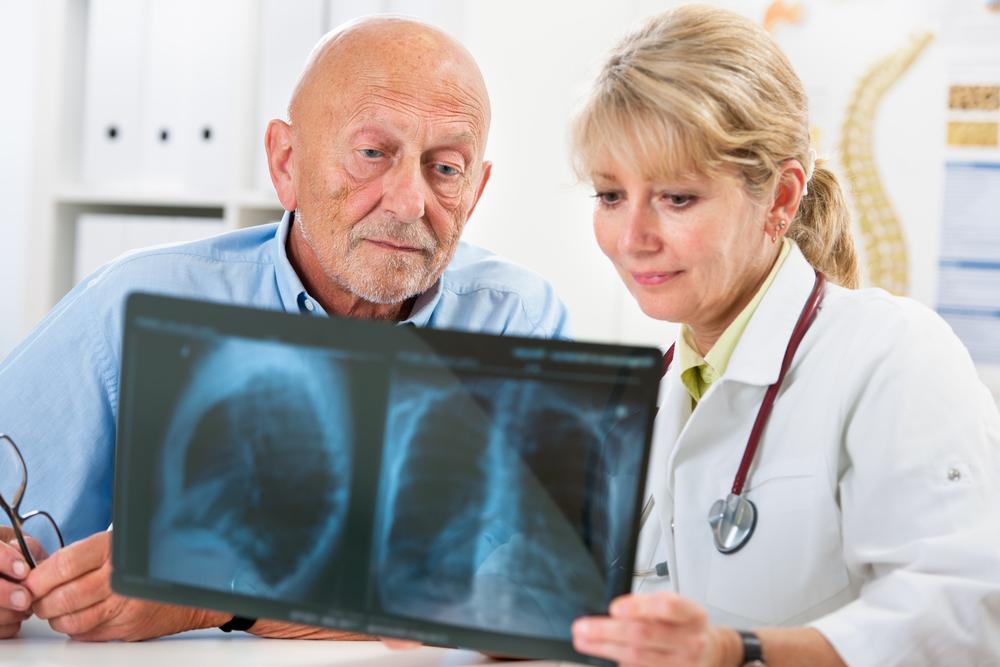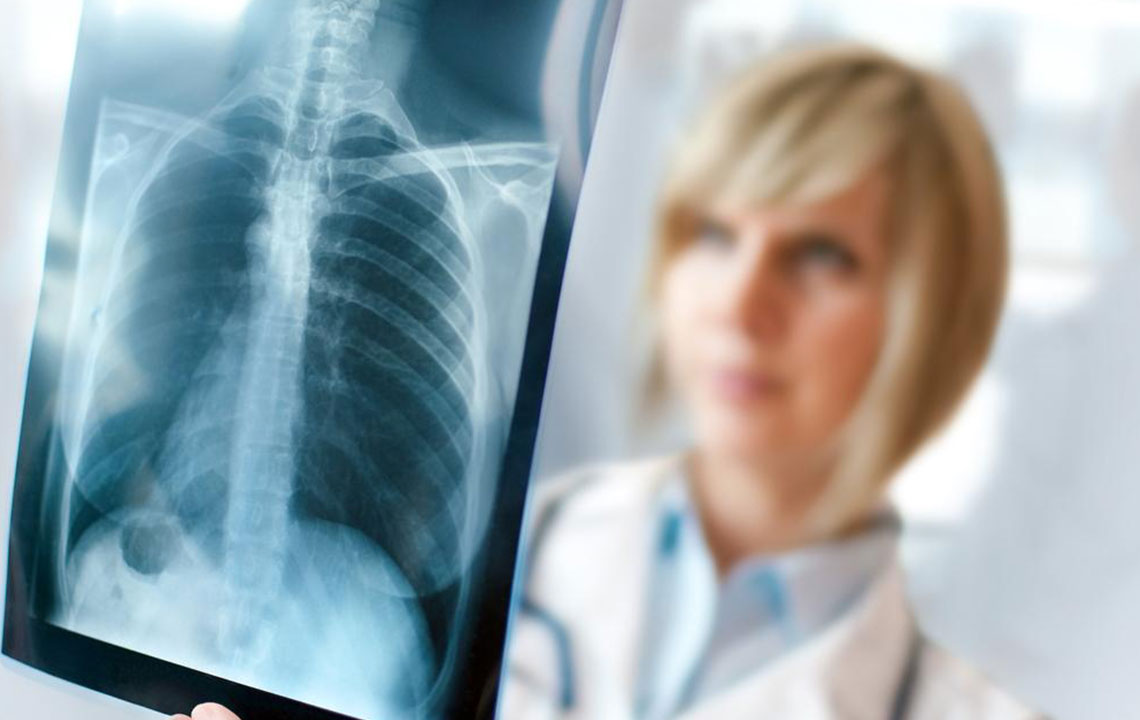Comprehensive Guide to Advanced Lung Cancer: Understanding Stages and Treatment Strategies
This comprehensive article covers advanced lung cancer, detailing its stages, symptoms, and treatment options. It emphasizes the importance of early detection, discusses targeted therapies, immunotherapy, and surgery, and provides insights into prognosis. Perfect for patients, caregivers, and medical professionals seeking in-depth understanding of late-stage lung cancer management.

Comprehensive Guide to Advanced Lung Cancer: Understanding Stages and Treatment Strategies
An In-Depth Overview of Late-Stage Lung Cancer and Its Management Approaches
Lung cancer remains one of the most lethal cancers worldwide, primarily due to its often late detection and aggressive progression. It originates in the bronchial tubes or lung tissues and can initially develop with no noticeable symptoms. As the disease advances, malignant cells can break away from the primary tumor, infiltrate the bloodstream or lymphatic system, and metastasize to other parts of the body, leading to a condition known as metastatic or advanced lung cancer. Managing this stage involves a complex combination of diagnostic assessments and treatment modalities tailored to the specific characteristics of the tumor and spread pattern.
When lung cancer spreads beyond the lungs to other organs such as the brain, liver, or bones, it is classified as metastatic. Interestingly, metastases in the lungs can also originate from cancers elsewhere in the body, like the breast, colon, kidney, prostate, or bladder. These secondary cancers often remain asymptomatic initially but can manifest through symptoms such as coughing up blood, persistent cough, chest discomfort, difficulty breathing, unexplained weight loss, fatigue, or wheezing. Early detection is challenging because symptoms often resemble infections or other respiratory conditions, emphasizing the importance of regular screenings in high-risk populations.
Understanding Lung Cancer Stages
Lung cancer classification primarily relies on two systems: one for small cell lung cancer (SCLC) and another for non-small cell lung cancer (NSCLC). Each system categorizes the disease based on its progression, spread, and cellular characteristics, which guides treatment decisions and prognosis estimation.
SCLC Stages
Small cell lung cancer (SCLC), accounting for approximately 20% of lung cancers, is strongly associated with cigarette smoking. It is characterized by rapid growth and early dissemination, often leading to widespread metastasis by the time of diagnosis. The two broad stages for SCLC are:
Limited stage – The cancer is confined to one lung, typically involving nearby lymph nodes, and can often be targeted with localized therapy. This stage provides a window for aggressive treatment with chemotherapy and radiation, which can sometimes lead to remission.
Extensive stage – The cancer has spread beyond the initial lung to the other lung, distant lymph nodes, or metastatic sites such as the brain, liver, or bones. Management at this stage focuses on systemic therapy to control symptoms and prolong life.
NSCLC Stages
Non-small cell lung cancer (NSCLC) makes up the majority of lung cancer cases and is further classified using the TNM staging system, which assesses tumor size (T), lymph node involvement (N), and the presence of metastasis (M).
Occult stage – Small clusters of cancer cells are detected in sputum samples, but imaging studies do not reveal a tumor. This stage emphasizes the importance of microscopic diagnosis and close monitoring.
Stage 0 (Carcinoma in situ) – A very early form of cancer where abnormal cells are confined to the mucous membranes of the lung without invasion.
Stage I – The tumor is localized within the lung tissue and has not involved nearby lymph nodes or distant organs. Surgical removal at this stage offers the best chance of cure.
Stage II – Cancer has extended to nearby tissues and lymph nodes, but has not spread distantly. Treatment typically combines surgery, chemotherapy, and possibly radiotherapy.
Stage III – The disease involves major lymph nodes and adjacent structures such as the chest wall, esophagus, or heart. Multimodal approaches including chemotherapy, radiation, and surgery are often employed.
Stage IV – The most advanced stage, characterized by distant metastases involving vital organs like the liver, brain, bones, or adrenal glands. Management focuses on palliative care and systemic therapies.
Strategies for Treatment
The treatment plan for advanced lung cancer hinges on the specific stage, genetic makeup of the tumor, patient’s overall health, and preferences. The main modalities include targeted therapy, immunotherapy, chemotherapy, radiation therapy, and surgery, often used in combination for optimal results.
Targeted drugs focus on specific genetic mutations within the tumor cells, such as EGFR or ALK alterations, offering personalized treatment with often fewer side effects. Immunotherapy works by boosting the body’s immune system to recognize and attack cancer cells, especially effective in tumors with high PD-L1 expression. Chemotherapy remains a cornerstone, especially for widespread disease, providing systemic control of cancer. Radiation therapy can relieve symptoms related to tumor growths, such as pain or bleeding, and is particularly useful in controlling brain metastases or bone pain.
While surgery has a limited role in advanced stages due to the extent of spread, it may still be beneficial in selected cases, especially when the primary tumor is resectable and metastases are limited.
Prognosis and Survival Rates
Early detection plays a vital role in improving survival outcomes. Patients diagnosed with stage I or II lung cancer can often achieve five-year survival rates approaching 50-70% with surgical intervention and adjuvant treatments. However, once the cancer reaches stage III or IV, the prognosis worsens significantly, with five-year survival rates dropping below 20% for stage IV disease.
Advances in targeted therapies and immunotherapies have improved survival possibilities even for some advanced cases, underscoring the importance of personalized treatment plans. Regular follow-ups, lifestyle modifications such as smoking cessation, and participation in clinical trials are also critical components of comprehensive care.
In summary, understanding the stages and treatment options for advanced lung cancer is essential for patients and caregivers. Early diagnosis, tailored therapies, and multidisciplinary management approach are keys to improving quality of life and survival outcomes.





